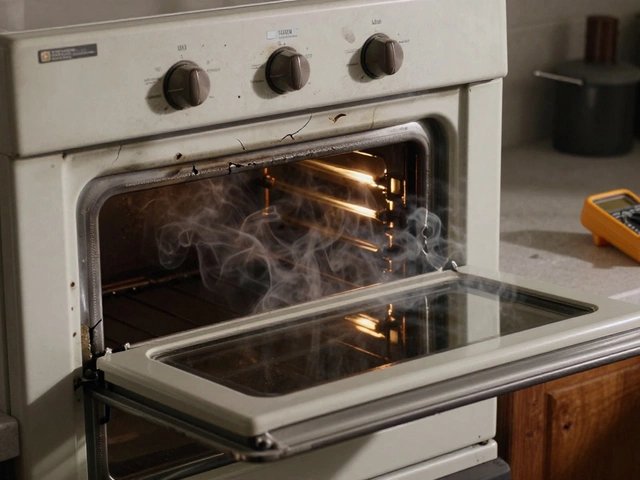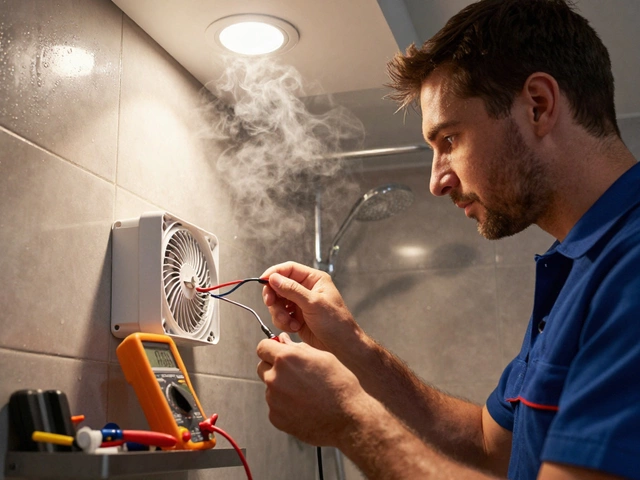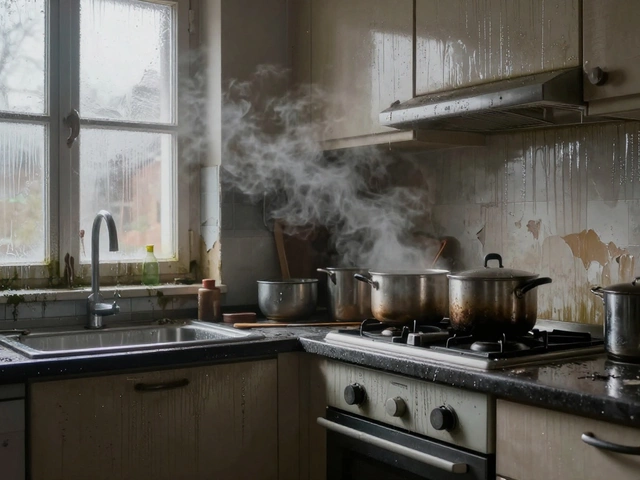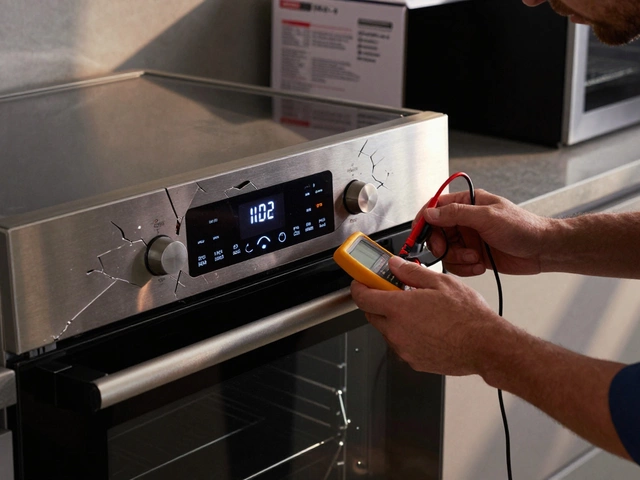DIY Appliance Fix – Simple Tips for Home Repairs
Got a fridge that’s humming but not cooling? A dishwasher that won’t drain? Before you call a technician, grab a screwdriver and read on. Most everyday appliance problems have a straightforward cause and can be solved in under an hour with the right approach.
Safety First, Then the Tools
The first rule of any DIY repair is to protect yourself. Unplug the unit or switch off the circuit breaker – never assume it’s safe to work on a powered device. Keep a flashlight, a set of insulated screwdrivers, pliers, and a multimeter handy. These basics cover everything from checking a faulty thermostat to testing a heating element.
Common Fixes You Can Try Today
Refrigerator not cooling: Start by cleaning the condenser coils. Dust and pet hair act like a blanket, making the compressor work harder. Use a vacuum brush to clear the coils, then check the evaporator fan for blockage. If the fan spins freely, the next step is to test the temperature sensor with a multimeter – a reading outside the spec means the sensor needs replacing.
Dishwasher won’t drain: Remove the lower rack and inspect the drain hose for kinks or food buildup. A quick snap of the hose and a flush with hot water often clears the blockage. If water still sits at the bottom, the pump may be clogged; locate the pump filter, clean it, and spin the impeller by hand to ensure it moves freely.
Oven not heating: Most electric ovens use two heating elements. When the bake element looks blackened or has visible cracks, it’s the usual suspect. Disconnect power, remove the element screws, and pull it out. Test it for continuity – no read means replacement. For gas ovens, a dirty igniter or a faulty safety valve can stop the flame; clean the igniter tip and check for spark with the multimeter.
Washing machine won’t spin: Check the lid lock first – many machines won’t spin if the lock thinks the lid is open. Listen for a click when you close the lid firmly. If the lock is fine, examine the drive belt for wear or breakage. Re‑position or replace the belt, then run a short cycle to see if the drum turns.
Microwave humming but not heating: The magnetron is the heart of a microwave. A humming sound with no heat usually means the magnetron has failed. While swapping the magnetron is a bit more involved, you can confirm the issue by testing the high‑voltage diode and capacitor first – they’re cheaper and easier to replace.
These fixes cover the most frequent complaints we see on the road. If you’ve tried the steps and the problem persists, it’s time to call a professional. Some issues, like refrigerant leaks or complex electronic control board failures, require specialized tools and certification.
Remember, a quick repair not only saves you money but also extends the life of your appliances. Keep a small notebook of the fixes you perform – future you will thank you when the next hiccup shows up.
When DIY isn’t enough, Hinckley Home Appliance Repair Services is ready to step in. Our technicians are trained for everything from fridge compressors to oven control boards, and we’ll give you a clear quote before any work starts. You’ve got the basics covered; let us handle the heavy stuff when you need it.
5 June 2025
·
0 Comments
Washing machines break down at the most inconvenient times, but not every problem means you need to call a repair technician. This article breaks down which issues you can safely tackle yourself and which ones are best left to pros. Learn basic troubleshooting steps, get practical DIY tips, and understand common mistakes you should avoid. You'll also find out what tools and parts you actually need. Find out if fixing your washer at home can really save you time and money.
Read more






